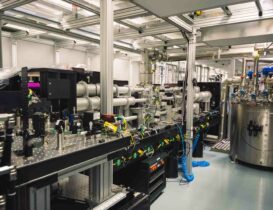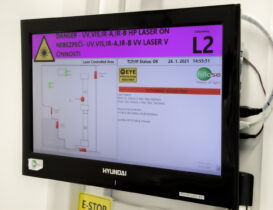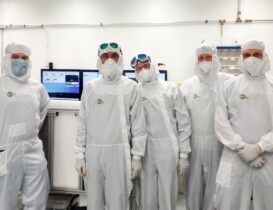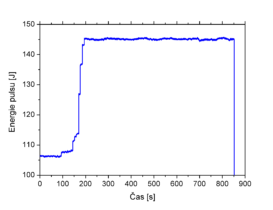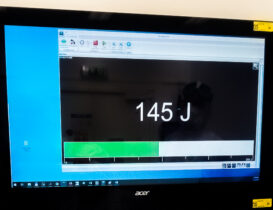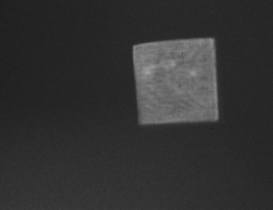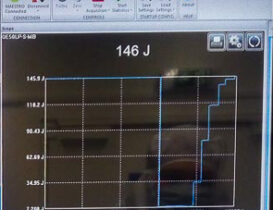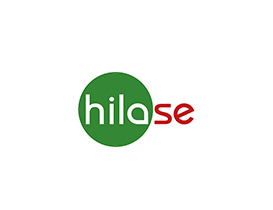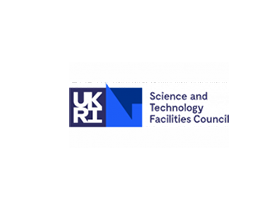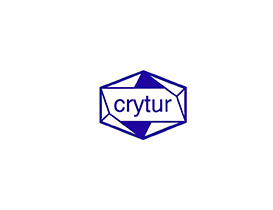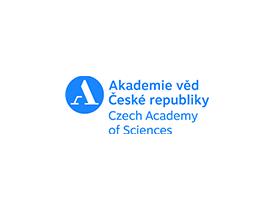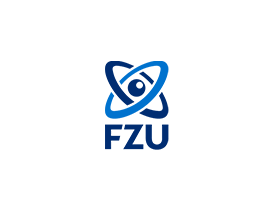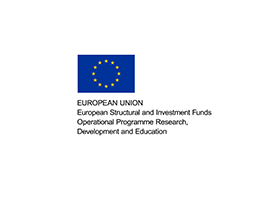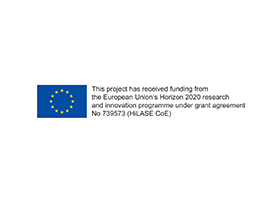The BIVOJ laser has broken its own performance record that is set in 2016!
In a recent test, the system was operated for an hour at a pulse energy in excess of 145 J (with a maximum of 146.5 J) in 10 ns pulses at a repetition rate of 10 Hz at a wavelength of 1030 nm!
A team of scientists from the High Energy Slab Lasers group, led by Dr. Martin Divoký at HiLASE Centre, managed to significantly improve the world record of average power output from a high energy laser on 26 January 2021. This achievement was accomplished in cooperation with British partners from the Science and Technology Facilities Council’s (STFC) Central Laser Facility. The project is jointly funded by the H2020 “Widespread Teaming” programme and the Ministry of Education, Youth and Sports of the Czech Republic.
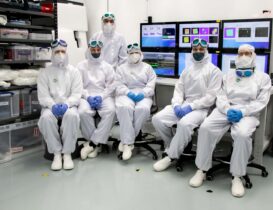
The BIVOJ laser system, a pulsed nanosecond diode-pumped solid-state laser, developed at STFC’s Central Laser Facility, classifies as a powerful kW laser and utilizes a cryogenic cooling technology to achieve high average power output. At the end of 2016, the Czech-British team of scientists amplified laser pulses, with a pulse duration of 10 ns, a wavelength of 1030 nm to an energy of 105 J at a repetition rate of 10 Hz, thus setting a world record for the first kilowatt laser source in a given class of high-energy lasers, which has not been surpassed yet, until now.
Now, four years later, the record from 2016 was surpassed by almost 40%, reaching maximum output energy of 146.5 J in 10 ns pulses with a repetition rate of 10 Hz at a wavelength of 1030 nm!
“This is for the first time that a high-energy DPSSL system has reached level of 146 J at a repetition rate of 10 Hz. This result is at the absolute top of the world and proves that the HiLASE Centre is one of the world leaders in the field of laser technology. At the same time, I have to say that within the development of advanced lasers, industrial and scientific laser applications, we are already determining the direction and trends in the use of laser technologies,” says Dr. Tomáš Mocek, Head of the HiLASE Centre.
Professor John Collier, Director of the STFC’s Central Laser Facility said: “I am delighted by the latest results from the HiLASE facility. This is an extremely important milestone in our development of DiPOLE high power / high repetition rate laser technology. It is significant both for HiLASE itself and also for future deployments of DiPOLE. These include the laser that STFC is supplying on loan to the European XFEL and our own Extreme Photonics Applications Centre, a new facility under construction at STFC’s Harwell site, that will use DiPOLE technology as a pump source. My hearty congratulations to the laser development teams at HiLASE and at the CLF for this great result.”
The energy increase was achieved by pushing the limits of the current laser induced damage threshold of the optical elements used in the laser. “The laser induced damage threshold of the optical elements limited the output energy of the BIVOJ laser to around 100 J,” explains Martin Divoký. “Our British partners and representatives of the Czech and UK optical industries, including the Crytur company in Turnov and Manx Precision Optics (MPO) in the U.K., were involved in creating the solution. Crytur and MPO developed new coatings for optical elements with twice the damage threshold compared to the original state of the art. This allowed us to reach the energy of 146.5 J, which is now very close to the physical and technical limits of the BIVOJ laser“.
“Achieving 146.5 J at 10 Hz is a major milestone, which firmly establishes diode-pumped high power lasers at the forefront, significantly beyond flash-lamp pumped systems”, states Tomáš Mocek. “We have gained a great technological lead. It opens up the way to new applications for materials processing, surface treatment and fundamental research into the interaction of high-power laser radiation with matter.”
BIVOJ has already been used for a variety of applications in the aerospace, automotive industries, and power engineering. From now on, the unique BIVOJ laser will greatly benefit user experiments within the Open Access program under the project of the integrated initiative of European laser infrastructures Laserlab-Europe. In the future, the research and development will focus on improving the quality of the beam wavefront using adaptive optics and on compensating for the undesirable phenomenon of depolarization, which occurs at these high powers in amplifier disks.



